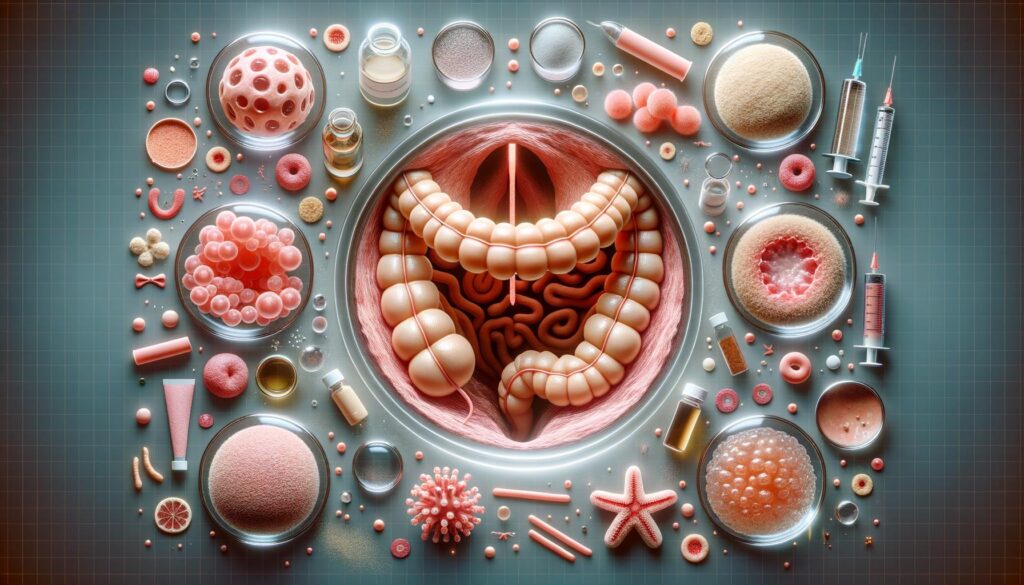Understanding the Signs of a Yeast Infection

What is a Yeast Infection?
Yeast infections, also known as candidiasis, are caused by an overgrowth of the Candida fungus. Candida can live harmlessly on the skin and in the body as a part of a balanced microbial environment. However, under certain conditions, this balance can be disrupted, leading to an infection. Factors such as antibiotics, hormonal changes, and weakened immune systems might increase susceptibility. Understanding what a yeast infection is can help in identifying and addressing it effectively.
Common Signs and Symptoms
The symptoms of a yeast infection may vary among individuals, but some signs are commonly experienced. Recognizing these symptoms early can aid in timely treatment. Typical signs include:
- Itching and irritation in the affected area
- Redness and swelling
- A thick, white vaginal discharge with a texture similar to cottage cheese
- Discomfort during urination or intercourse
- Skin breakdown or cracks in severe cases
While these symptoms are often associated with vaginal yeast infections, yeast can also affect other areas such as the mouth (oral thrush), skin, and nails.
Distinguishing Yeast Infections from Other Conditions
Not every irritation or discharge is due to a yeast infection. Conditions like bacterial vaginosis, sexually transmitted infections, or skin conditions can mimic yeast infection symptoms. A key difference is that bacterial infections might produce a fishy odor, particularly after intercourse, which is not typical of yeast infections. If symptoms persist or are unclear, it’s important to seek medical advice for an accurate diagnosis.
Risk Factors and Prevention
Certain lifestyle and medical factors may increase the risk of developing a yeast infection. These include:
- Recent antibiotic use, which can disrupt the natural balance of microorganisms
- High sugar diets, as yeast thrives on sugar
- Uncontrolled diabetes
- Wearing tight or non-breathable clothing
- Hormonal changes during pregnancy or menstrual cycles
Preventive measures can be helpful, such as wearing loose-fitting clothing, maintaining good hygiene, and managing blood sugar levels if diabetic.
Seeking Treatment and Relief
Treatment for yeast infections typically involves antifungal medications, which can come in the form of creams, ointments, or oral medications. Over-the-counter options are available, but if symptoms are severe or persistent, a healthcare professional should be consulted. It’s important to complete the full course of treatment to ensure the infection is fully eradicated. In addition, adopting a healthful diet and lifestyle changes can aid in prevention and management.
Conclusion
Yeast infections, while uncomfortable, are manageable with proper identification and treatment. Understanding the signs, knowing what factors increase risk, and how to prevent them empowers individuals to take control of their health. If you suspect a yeast infection, consult a healthcare provider for accurate diagnosis and treatment recommendations. Taking proactive steps can greatly reduce the frequency and severity of these infections, leading to improved well-being.
